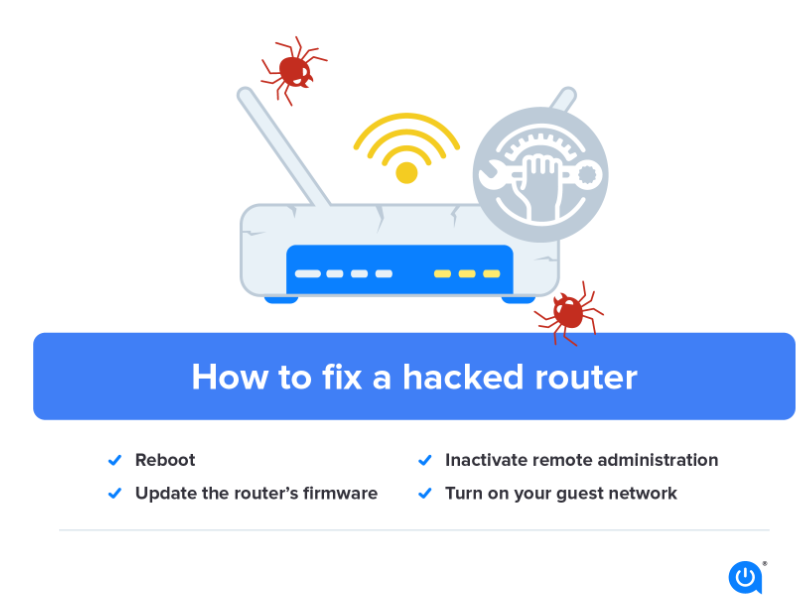Meeting the Skyrocketing Demand for Wireless Broadband: The Urgent Need for More Licensed Spectrum in the United States. Wireless broadband has become an essential service in today’s world. People use it for everything from staying connected with their loved ones to running their businesses. The demand for wireless broadband is increasing at an unprecedented rate, and it is estimated that we will need licensed spectrum to meet this demand in the next five years.
According to a recent report by CTIA, the wireless industry’s trade association, the United States will need more licensed spectrum to meet the demand for wireless broadband. The report suggests that the Federal Communications Commission (FCC) needs to allocate more spectrum to wireless carriers to meet this demand.
The report highlights that the current spectrum available to wireless carriers is not sufficient to meet the growing demand for wireless broadband. The report suggests that the FCC needs to allocate more mid-band spectrum to wireless carriers to meet the demand for wireless broadband.
Mid-band spectrum is considered the sweet spot for 5G technology, which is expected to be the backbone of wireless broadband services in the future. The report suggests that the FCC should allocate the 3.7-4.2 GHz band to wireless carriers to meet the demand for wireless broadband.
Wireless carriers have already started to roll out 5G services in the United States, but they need more spectrum to provide these services to more people. The report suggests that the FCC should allocate more spectrum to wireless carriers to improve the quality of 5G services.
The report also suggests that the FCC should adopt a flexible approach to spectrum management. The report suggests that the FCC should allow wireless carriers to share spectrum with each other to meet the demand for wireless broadband. The report also suggests that the FCC should allow wireless carriers to use unlicensed spectrum to provide wireless broadband services.
In conclusion, the demand for wireless broadband is increasing at an unprecedented rate, and we will need more licensed spectrum to meet this demand in the next five years. The FCC needs to allocate more mid-band spectrum to wireless carriers to meet the demand for wireless broadband. The FCC should also adopt a flexible approach to spectrum management to allow wireless carriers to share spectrum with each other and use unlicensed spectrum to provide wireless broadband services.


